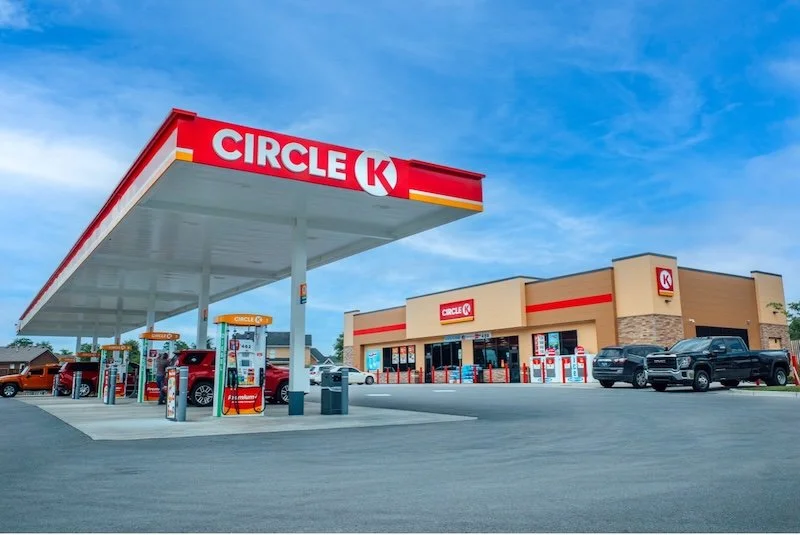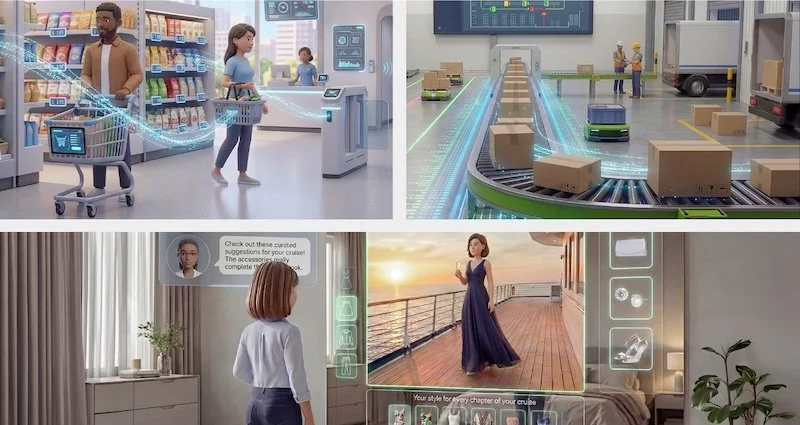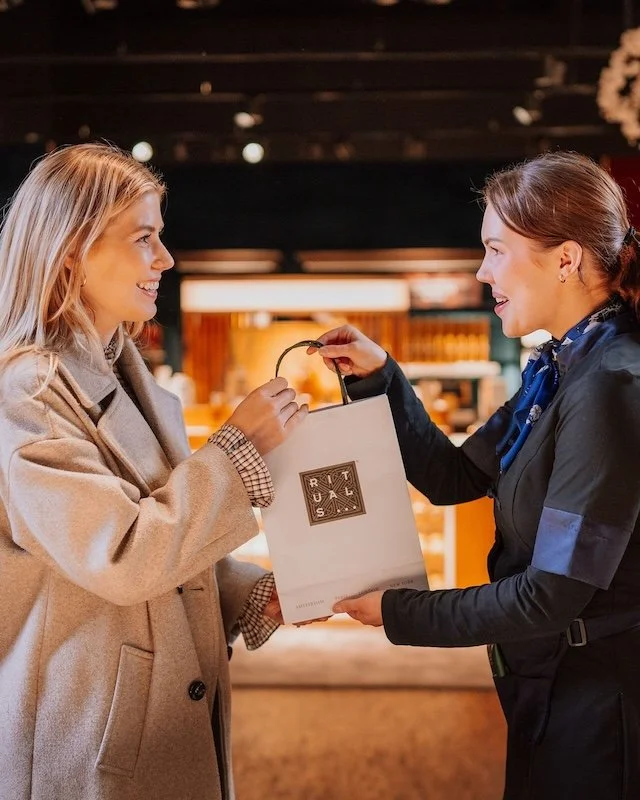Augmented reality in retail: bridging the gap between online and offline shopping
With the fast development of virtual and augmented reality (VR and AR) in recent years, AR is slowly but surely being integrated into the retail industry. The possibilities for maximising the use of AR for retailers are endless.
There are plenty of stores that already use AR to their advantage; for example, Sephora uses it to let customers try on products before purchasing.
And that’s only one example. So how is AR bridging the gap between online and offline shopping? In what ways and what technology has been introduced so far?
Augmented reality product visualisation
There are many good examples of AR in retail.
And if you ever need extra help when covering topics like this, order a ‘write my paper’ request on Studyfy and get an expert writer’s aid. Moving along, an example of AR in retail is AR product visualisation, just like our example of Sephora.
AR product visualisation is providing shoppers with an immersive experience while shopping, and because of the development of AR tech, this virtual experience is now immensely realistic. Digital versions of products can now be superimposed in real life scenarios via smartphones and other devices.
Some of the features of this are:
● Shoppers can see how clothes, makeup, or even furniture might look, increasing purchase confidence.
● Customisation and personalisation can also be offered.
● If customers consent, businesses can collect data on purchase behavior, preferences, and so on via their AR devices which can further improve businesses’ likelihood of meeting their customers’ demands in the future.
Being tech savvy can enable retailers to attract more customers and give them a unique edge over their competitors. Plus, with the advent of AI and machine learning, more powerful features can be implemented in present AR tech.
Tech that not only immerses customers in a modern experience and gathers data that can propel the business forward, but tech that could revolutionise the way we shop altogether.
Interactive Virtual Try-On
Let’s dig deeper into product visualisation. Why is product virtualisation or virtual try-on so attractive and innovative? It’s because the experience enables efficiency and convenience.
Trying out clothes or makeup of different styles and colours with AR tech can prove to be faster than having to gather these products and try them on one by one manually.
It not only streamlines the shopping process but also makes it less stressful, especially for consumers who are in a hurry. And virtual try-ons are not only available in physical retail shops; they are also presently benefiting online retailers.
In the digital space, consumers can’t physically try the products they want to buy, so the intervention of AR in this experience can increase the chance of making a sale.
What’s more, AR experiences can let shoppers share user-generated content, like photos and videos of them wearing the products. By posting and sharing on social media, they are promoting the brand freely and also letting others know that the brand offers AR experiences.
This fosters community, can attract new potential customers, and is good marketing all in all.
Converging the physical shopping experience with the digital shopping experience bridges online and offline and blurs the line between them, offering customers a unique experience, ultimately making their experience more impactful and unforgettable. This can potentially not only attract but also retain customers.
With the right marketing strategies, promotion, timing, and effort, businesses can leverage this in many ways. And we’re in the time of VR and AR hype, so it’s the right time to integrate this.
Product information, education and personalisation
AR in retail not only lets shoppers virtually try-on products, but it also gives them a chance to get to know the products they’re purchasing better. A real-life example of this is American Apparel’s app “StyleMatch.”
This app lets its users scan a product’s barcode. By doing so, they can view extensive info about the product. From the product’s material, sizing information, and care instructions. Their app also provides styling suggestions to shoppers.
For some shoppers, this can enrich their shopping experience by understanding what exactly they’re spending their money on.
Businesses can also leverage AR to educate shoppers. For example, they can offer tutorials on how to use the products or even go as far as customizing the products with information about each material. An example? adidas has “adidas Makerlab.” This enables their users to make their custom shoes using AR.
According to a report by Gartner, companies that use personalisation through tech can increase their revenue by 15%, which might explain why adidas has been heavily investing in these venues.
Product information, education, and personalisation empower customers to make better purchases, strengthen their trust and good feeling about the brand and ultimately position the brand as an expert/guide/innovator.
Facilitates global commerce and gamification
AR can be used to break down language barriers, facilitating international commerce through the use of real-time translation features.
By doing so, retailers are facilitating the shopping experience of international customers, which can potentially heighten the brand’s reputation and can encourage more international customers to buy from them.
Moreover, AR can also have features that gamify the shopping experience, elevating the shopper’s process of buying through fun and interactive activities. Games and initiatives like quizzes, challenges, and even treasure hunts can motivate more fun-loving shoppers to earn rewards and make purchases.
This can also increase the likelihood of repeat visits to the store, and of course, the same strategy can be implemented in an online store.
Final thoughts
The convergence of digital and physical initiatives into better shopping is introducing us to a new era of shopping and giving more options, power, and entertainment to consumers. By doing so, brands connect to their customers on a whole different level.
It’s clear to see that tech like AR is making these connections stronger and revolutionizing the shopping experience for many. What the future holds for shopping and AR alike is exciting, and our intrigue lies in how this will develop further.

















Continue reading…